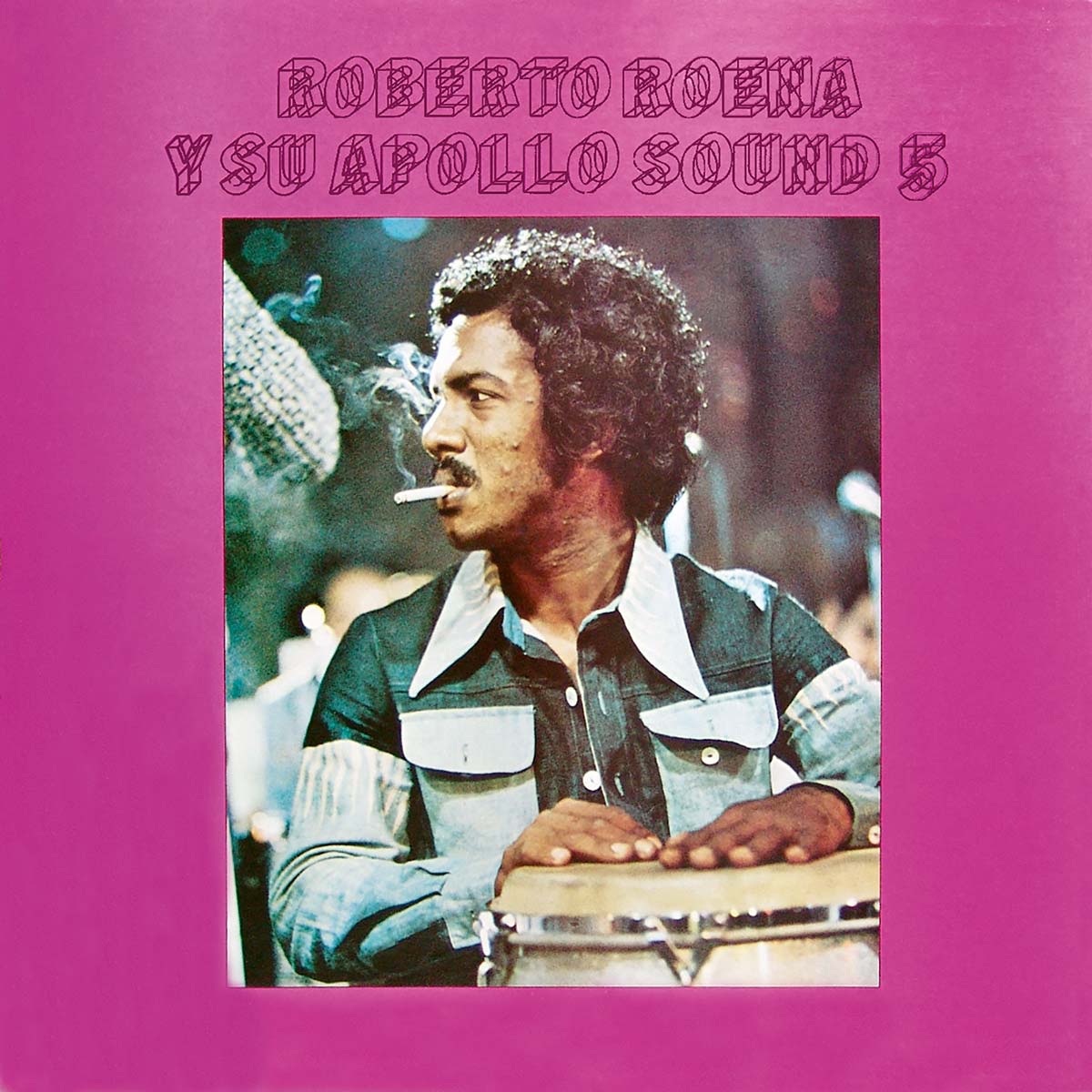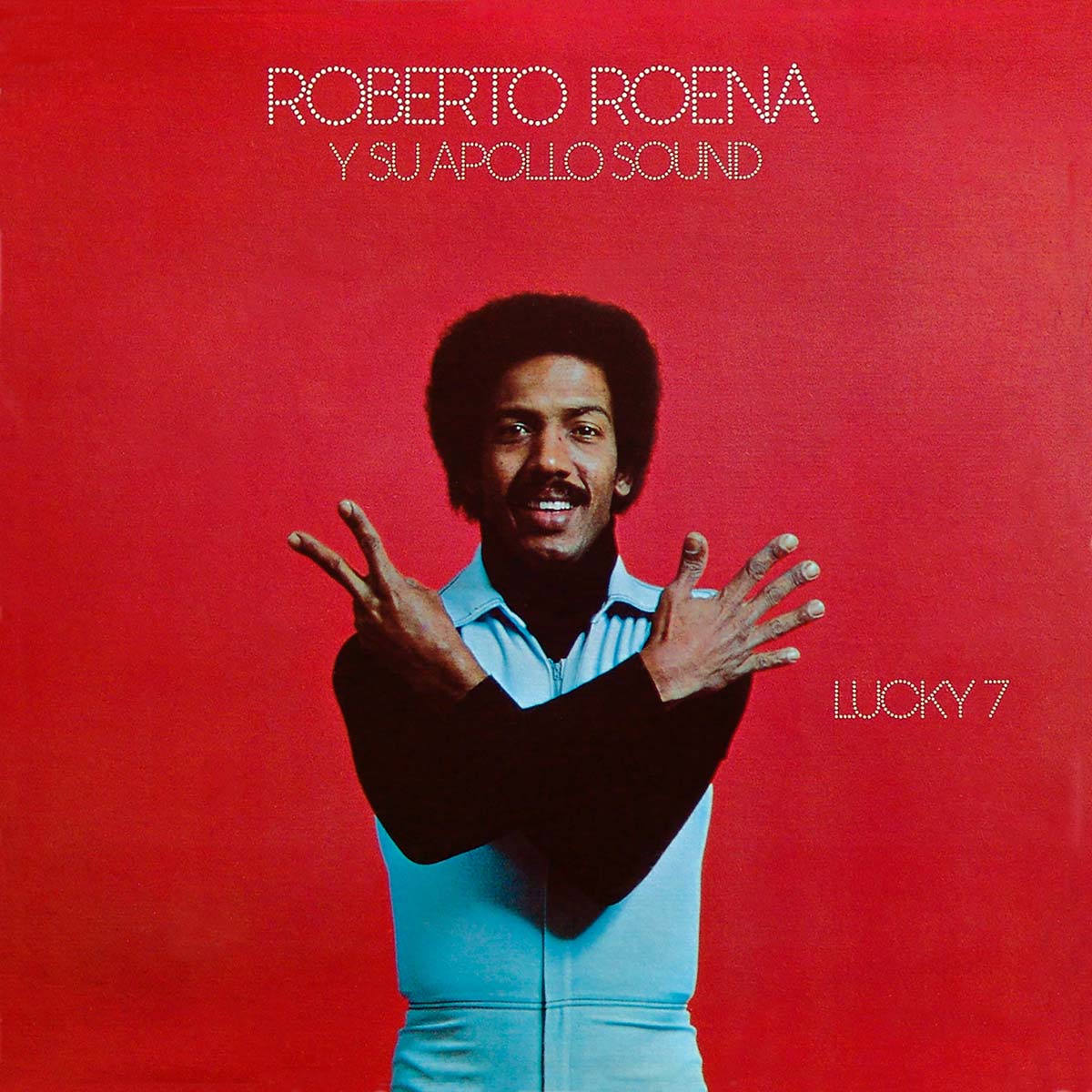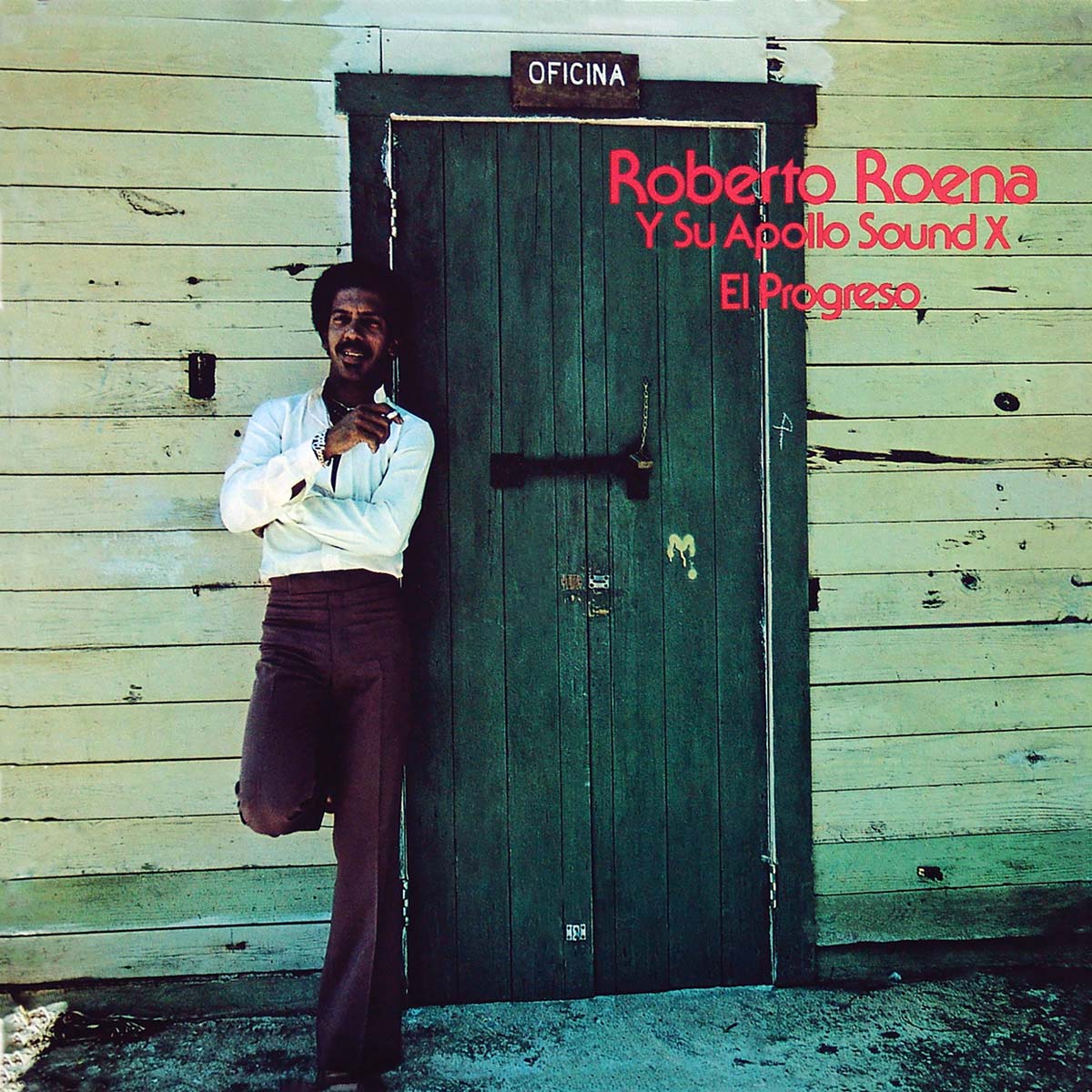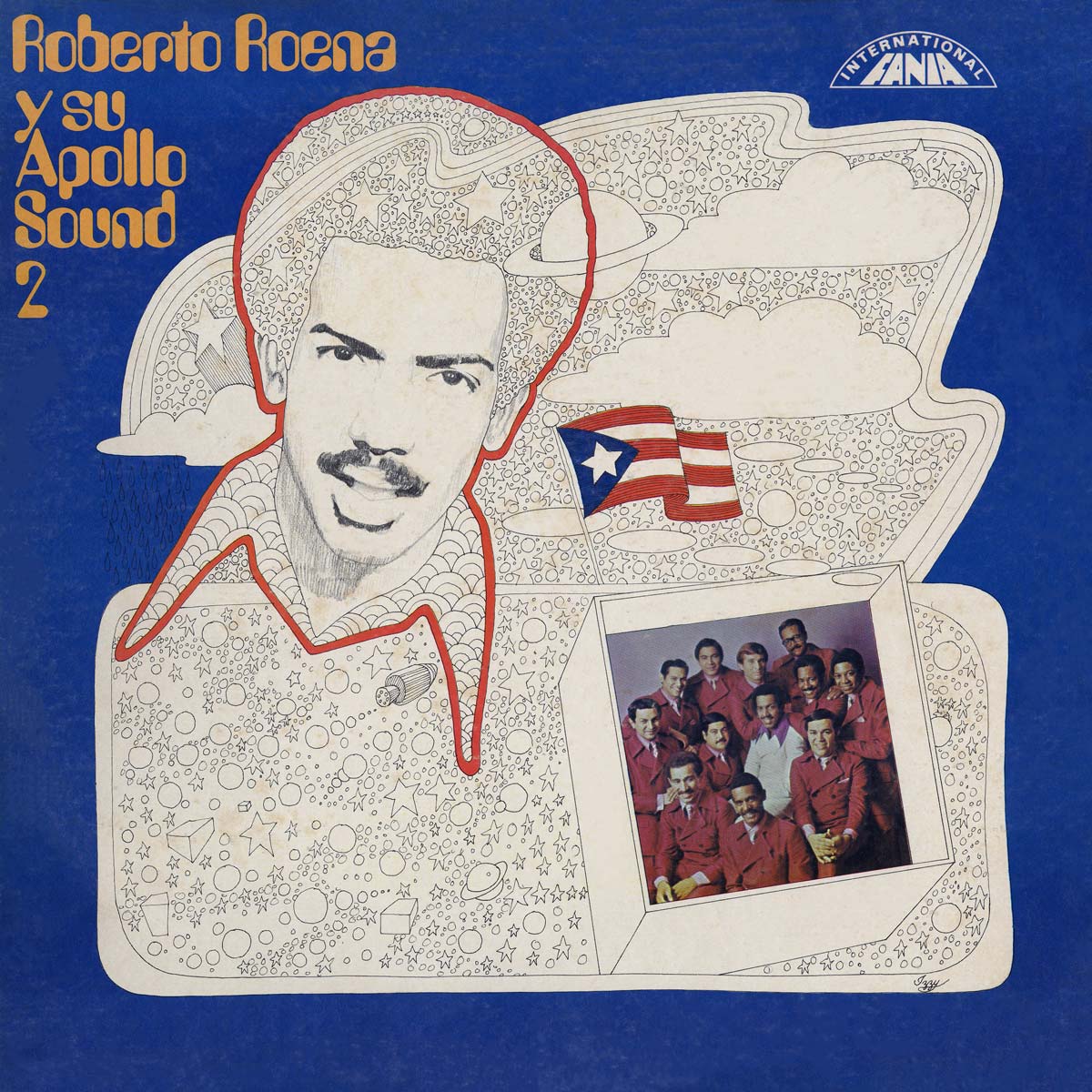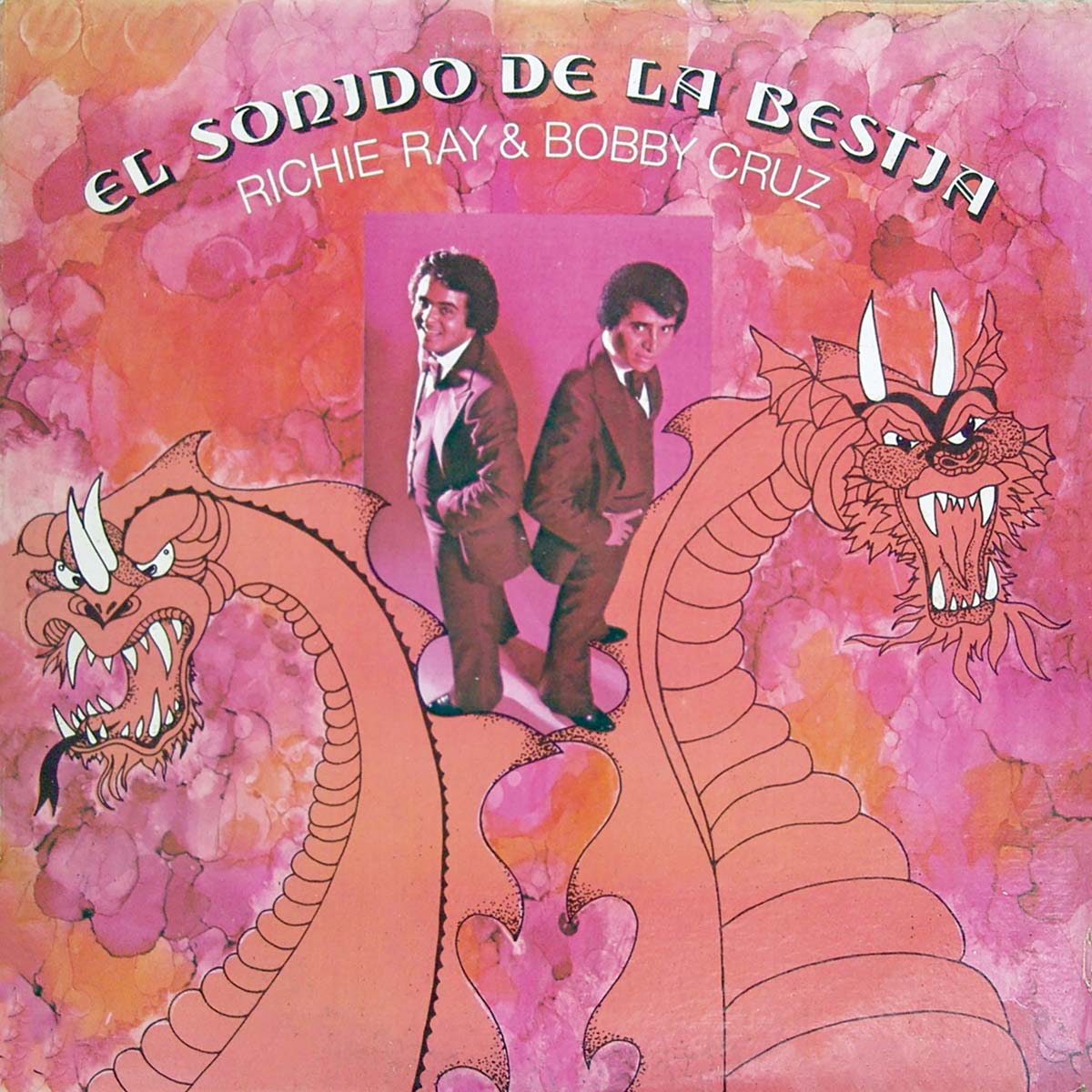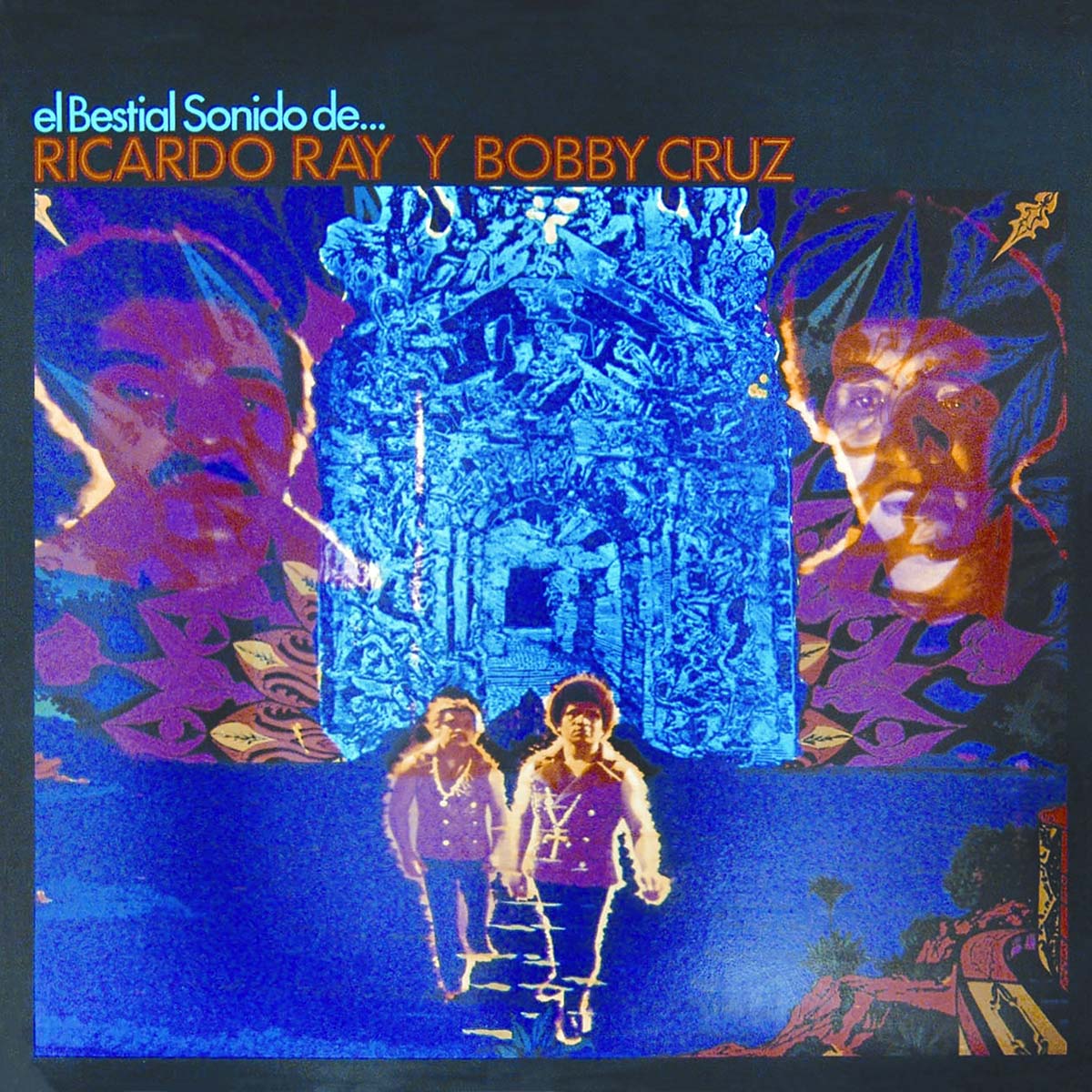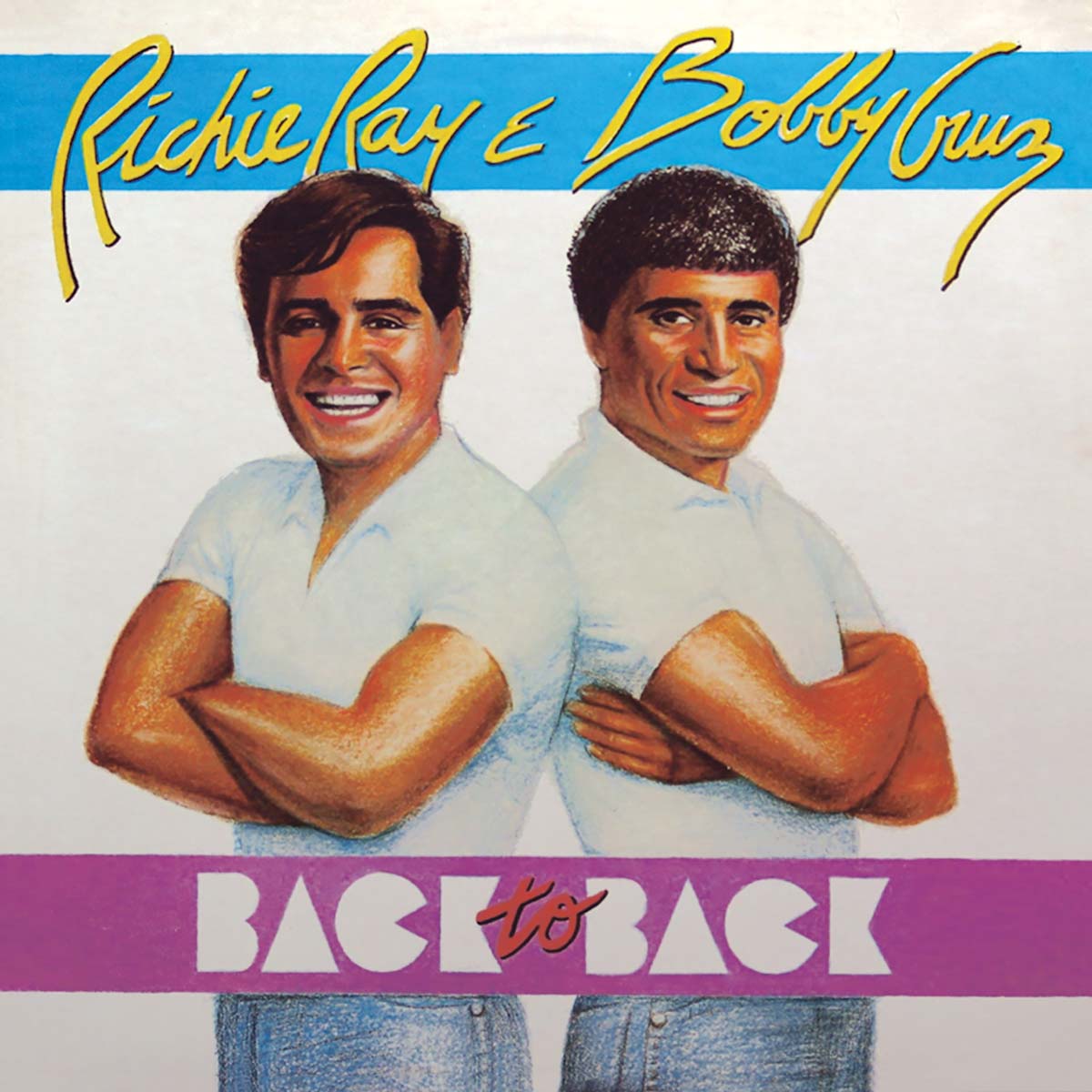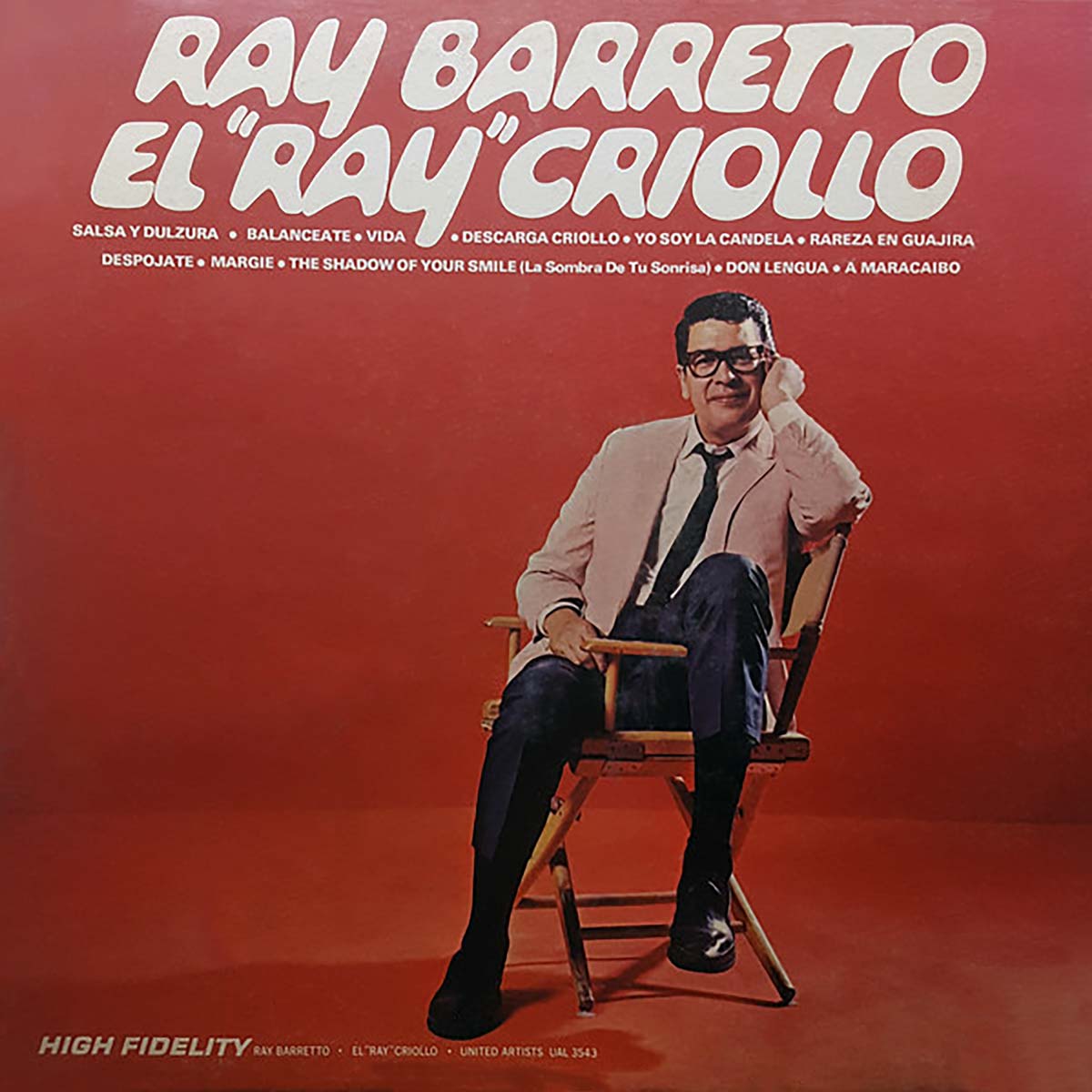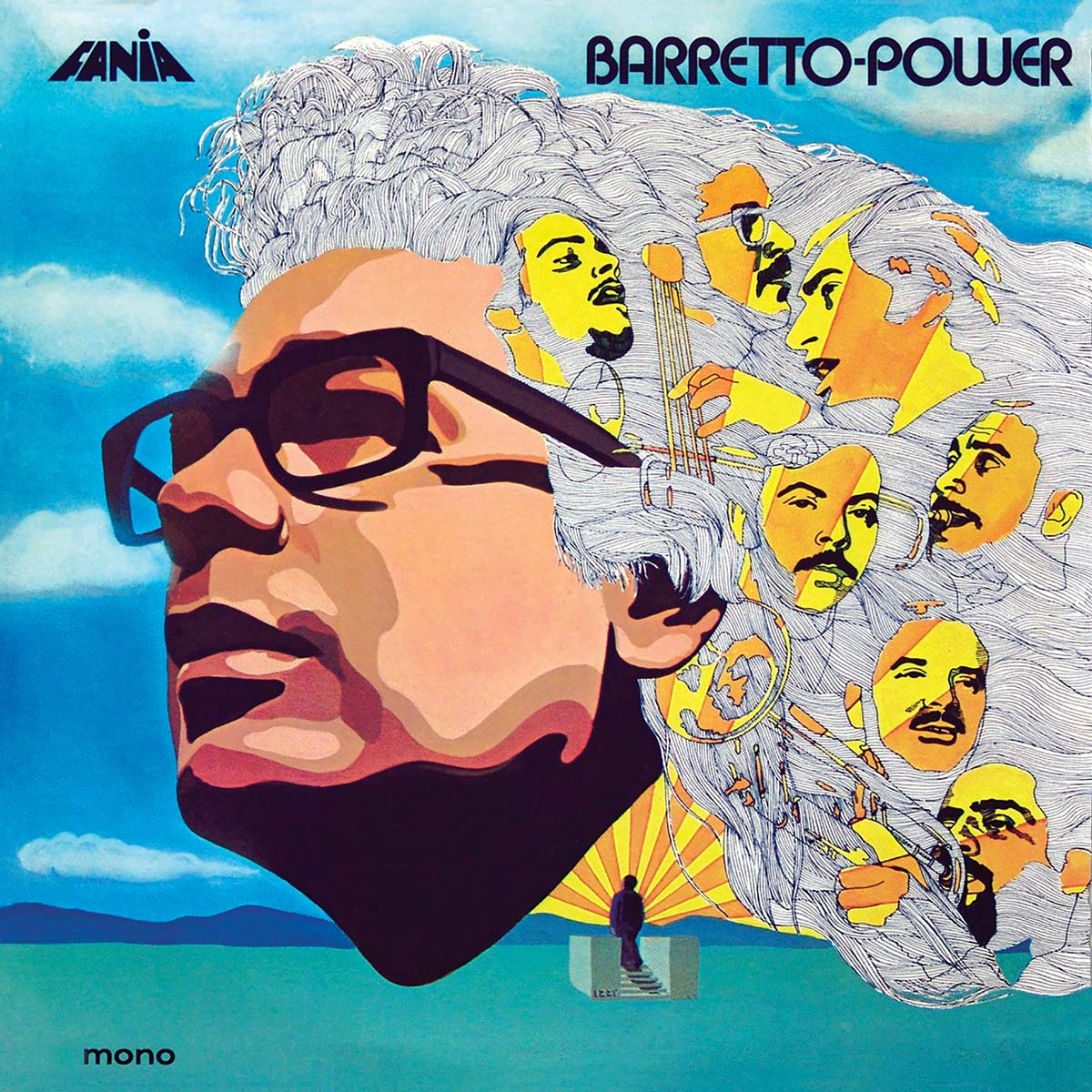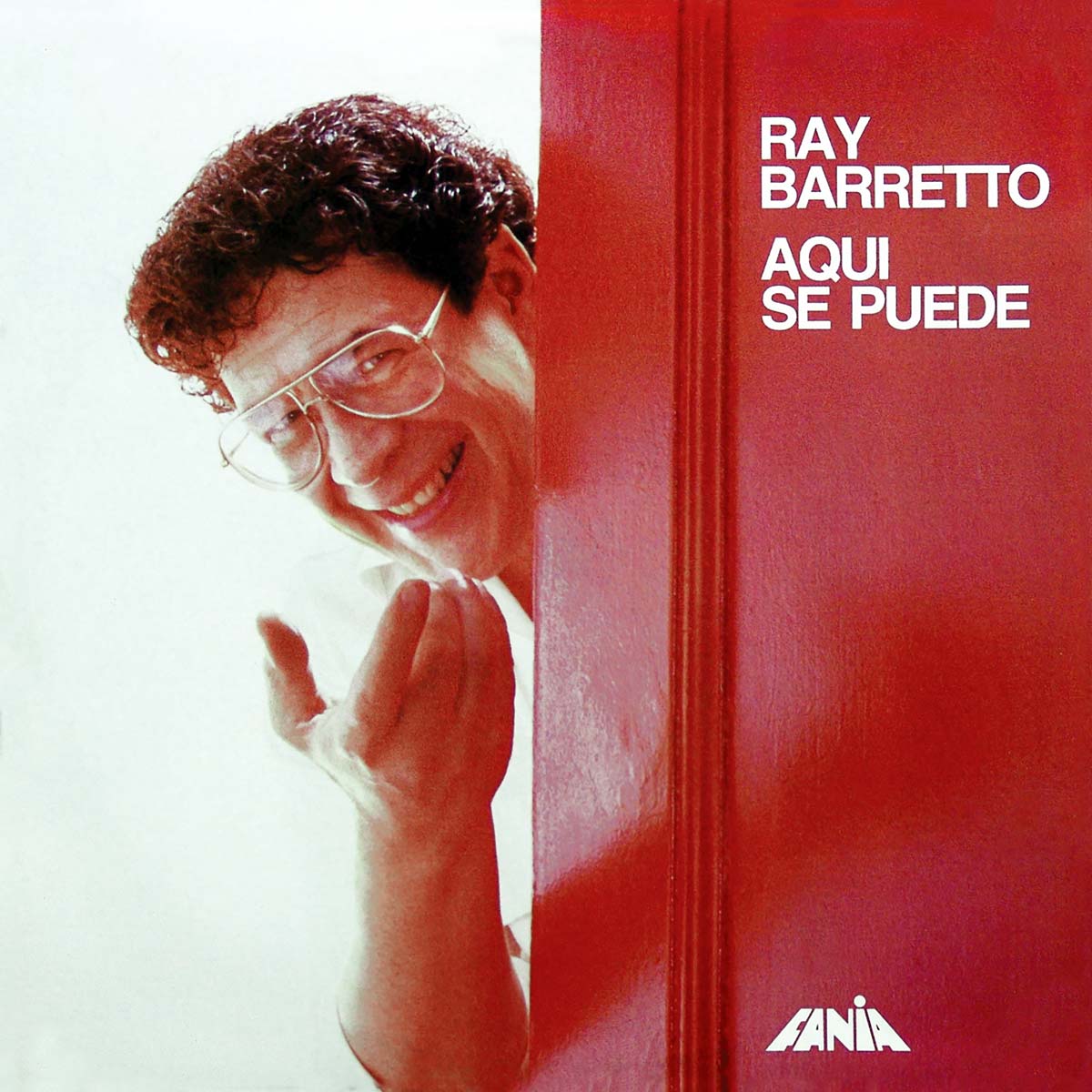Roberto Roena Roberto Roena Y Su Apollo Sound 5 (Fania 443), Released 1973 Roberto Roena: Salsa Sophisticate One of salsa’s preeminent bandleaders for four decades and one of the genre’s premier bongo players, Roberto Roena Vázquez was born in the barrio of Dulces Labios in Mayagüez, Puerto Rico, on January, 16 1940. Though he started as a dancer, and was …
QUE SUERTE HE TENIDO DE NACER
QUÉ SUERTE HE TENIDO DE NACER ROBERTO ROENA This is one of Roberto Roena’s favorite albums. “Qué Suerte He Tenido De Nacer” is the eleventh recording of the Apollo Sound and on it, Robertito debutted as singer of the song “Sigo Buscando Un Amor” Nevertheless, after a decade of hits, “Qué Suerte He Tenido De Nacer” did not attain the …
ROBERTO ROENA – LA HERENCIA
The 15 tracks on this compilation leave no doubt about it: Roberto Roena is one of the most progressive bandleaders in the entire Afro-Caribbean genre. In the end, history vindicated him. Throughout the years, the Puerto Rican bongosero and bandleader has been criticized by many for his lack of formal musical training. At the end of the day, however, having …
EL PROGRESO
Roberto Roena’s ability to rise to the top was reaffirmed in 1978, with the release of “El Progreso.” Between the band’s founding in 1970 and 1977, the Apollo Sound was home to soneros such as Piro Mantilla, Tito Cruz, Sammy González, and Papo Sánchez. On the 10th anniversary of the band’s creation –and at the apex of its popularity– singer …
APOLLO SOUND 2
Roberto Roena is probably the most famous bongo player in salsa. He has released many records as a leader of his own group, the Apollo Sound, and has been an integral part of the Fania All Stars since Jerry Masucci asked him to join the orchestra in 1971. Cuts such as “Cui Cui” and “Coco Seco” ensure that he will …
RICHIE RAY AND BOBBY CRUZ – LA HERENCIA
The story of Ricardo Ray and Bobby Cruz can be easily divided into two chapters: before and after their conversion to Christianity. The duo’s discography could easily yield two separate CDs in the La Herencia series. If their sessions for the Alegre, Tico and Vaya labels are a treasure trove of salsa gems, the albums that they recorded following 1975 …
EL SONIDO DE LA BESTIA
The year was 1970. A group of friends and I were preparing the final dance for my class’ high-school graduation ceremony at the Academia Santa Mónica de Santurce, scheduled to take place in May 1971. It was a time when the boricua dancer was considered conservative if he liked salsa, and go-go if he liked the various North American musical …
EL BESTIAL SONIDO
El Bestial Sonido is the best album in the catalogue of music by Ricardo Ray and Bobby Cruz. It is a must-have for fans of Los Durísimos. Most would agree that in its early New York days, the orchestra saw some of the finest musicians of salsa and jazz. Trumpeters Adolphus Doc Cheatham and Pedro Chapparo, and timbal player Mike …
BACK TO BACK
By the time they released “Back To Back” in 1982, the dynamic Nuyorican duo of keyboardist Richie Ray and vocalist Bobby Cruz were fully devoted to the dissemination of Christianity through the feverish beat of Afro-Cuban music. The combination of upfront religious messages with salsa is not exactly something you encounter every day. Add to it the classical influence in …
GIANT FORCE
“Giant Force” is the follow-up release to the critically acclaimed comeback album, Rican/Struction. While the former recording’s personnel was wide-ranging, by this recording Ray Barretto was fronting a steady working band. As per timbalero, Ralph Irizarry, by the time the band got around to recording this album it was a tight unit. More than a year had passed since the …
ENERGY TO BURN
Unlike most anthologies out there, Energy To Burn has no filler material to offer. The term “filler” is used within the recording industry to mean those subpar tracks that are used to complete an album. Energy To Burn, on the other hand, includes some of the best material that Ray Barretto recorded for the Fania label over the span of …
EL “RAY” CRIOLLO
When Ray Barretto released El “Ray” Criollo (“The Creole King” in pun form) in 1966, he was a few frustrating years past his first big hit, Charanga Moderna’s proto-boogaloo “El Watusi” on Tico Records, and on the cusp of a breakthrough that would send his already respectable career into orbit. He had struggled with what he called the “curse of …
BARRETTO POWER
It was the early 70’s, Jerry Masucci (the former police officer turned lawyer) and his newly formed Fania Records was establishing itself as a power in the Latino music industry. Recordings by Johnny Pacheco (who became the labels vice president), Larry Harlow, Willie Colon and Ray Barretto were giving the label a visible identity of hip-ness. They were all characterized …
BARRETTO
The year was 1975. Approaching bankruptcy and reeking of political corruption, New York City was kept alive by the explosive sounds of Afro-Caribbean music. Fania Records had established itself as a powerhouse in the music industry by catering to a niche audience of fans who loved to mambo and now called this music salsa. Local bandleaders became international superstars. One …
AQUI SE PUEDE
If there’s one thing that Ray Barretto was an expert at, it was his ability to assemble the right personnel when forming his bands. The musicians on this 1985 release, in fact, are basically the same from the previous release (Todo Se Va Poder) and include Jimmy Bosch, Jimmy Delgado, Angel Fernández, Ricky González, Wilson Torres, and Ray Saba, with …


